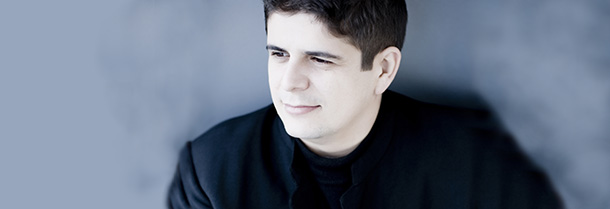Tag: piano
-

ALFRED BRENDEL RETURNS TO VANCOUVER
I had the privilege of presenting Alfred Brendel three times during the past ten years and each experience was memorable for a myriad of different reasons. The first time he came to Vancouver, I remember distinctly sitting in a state of extreme nerves at YVR waiting for his plane to arrive. I so desperately wanted to…
-

A DEDICATION TO DIE OVER!
When Javier Perianes dedicated his first encore to me (Chopin Nocturne in c sharp minor, Op. 20) at the Vancouver Playhouse I was rendered speechless for at least 20 minutes. What an extraordinarily wonderful thing to have happened. There’s actually a story behind Perianes and that Nocturne. This goes back about three years. I had…
-

HER CUP RUNNETH OVER
Remember that iPod Touch that I confessed to stealing from my husband? Well, now that I’m back in the swing of things, I barely get time to listen to it…and in any case, I’ve been listening to Murray Perahia practising in my living room for the past few days. Murray and I have exchanged quite…
-

MURRAY PERAHIA HAS SOME WILD FANS!
A few weeks ago, I was sitting at YVR waiting for a flight to Seattle – Frankfurt – Johannesburg – Cape Town for a reunion with my friends from the College of Music in Cape Town. My husband recently won an iPod Touch which I quickly appropriated, so now I have finally joined the iPod…

